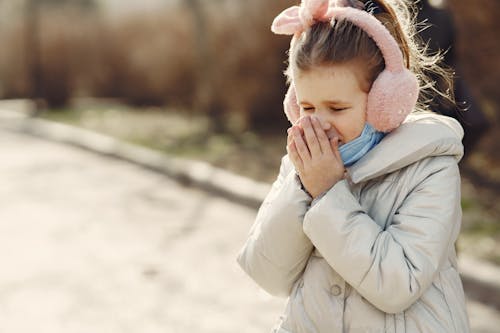
Fall Mold Allergies: How to Spot and Manage Triggers
• Mold allergies are triggered by mold spores, peaking in the fall due to decaying vegetation and damp conditions.
• Common symptoms include sneezing, runny nose, itchy eyes, coughing, and skin rashes, similar to other respiratory allergies.
• Manage mold allergies by limiting exposure, improving indoor air quality, using air purifiers, and considering medications or immunotherapy.
Understanding and managing fall mold allergy triggers
As the leaves change and the air turns crisp, many people welcome the beauty of fall. However, for a significant portion of the population, this season brings an unwelcome guest: mold allergies. Fall mold allergies can be just as bothersome as spring pollen allergies, and understanding their triggers and management strategies is crucial for enjoying a healthy autumn.
Related News